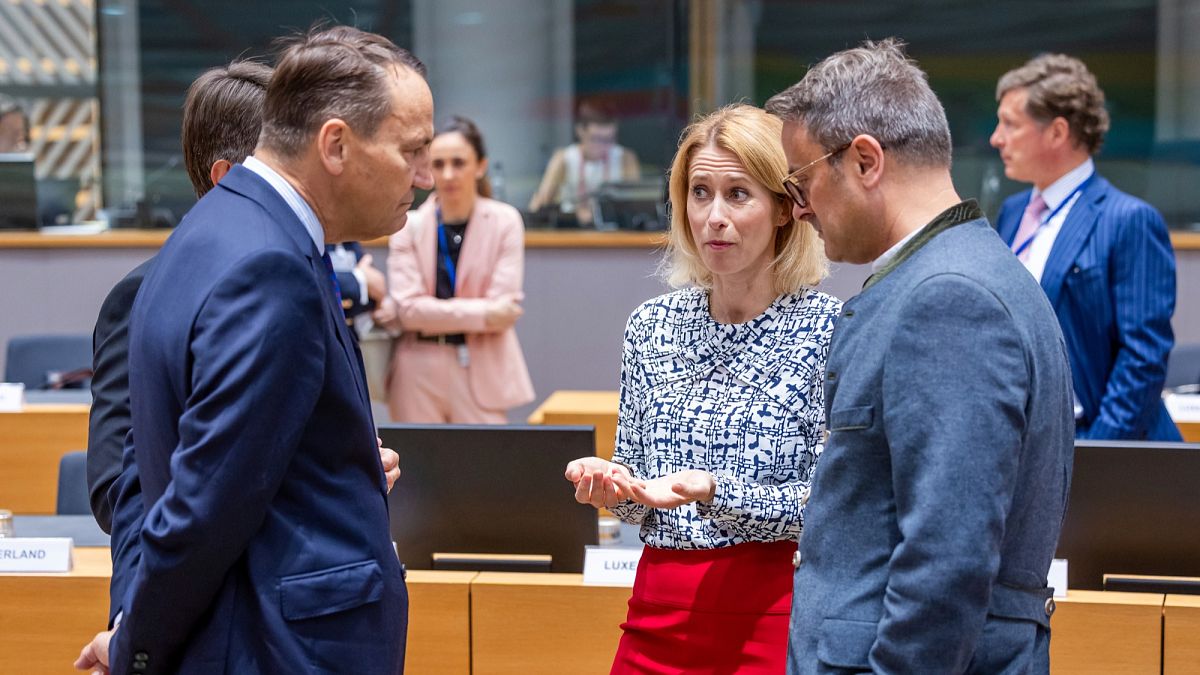

In the ever-evolving tapestry of international affairs, the past week has seen notable developments that highlight the complex dynamics of conflict and diplomacy around the world. From the corridors of European diplomacy to the streets of conflict-affected regions, these events remind us of the intricate interplay between political decisions and humanitarian concerns.
EU’s Deliberate Approach on Gaza
The European Union recently convened its 27 foreign ministers to discuss Israel’s compliance with a pivotal agreement aimed at enhancing humanitarian aid access into Gaza. The ministers collectively resolved to “keep a close watch” on the implementation of this agreement, reflecting a cautious yet hopeful approach to ensuring aid reaches those in need. Despite external pressure to take immediate measures, the EU delayed the adoption of a list of potential responses to Israel’s actions in Gaza. This measured stance underscores the EU’s commitment to diplomatically navigating the complexities of the region, prioritizing a future where dialogue leads to constructive outcomes.
Violence in Gaza and Syria
Tensions in Gaza escalated as several neighborhoods in Gaza City were subjected to heavy Israeli airstrikes, resulting in significant casualties and damage. The scenes of destruction and despair at local hospitals capture the profound human cost of armed conflict. Meanwhile, Syria’s Sweida province experienced an upsurge in violence, with sectarian clashes and an Israeli airstrike leading to further loss of life. A Syrian Druze leader has accused the government of violating a ceasefire agreement, with the unrest reportedly rooted in tit-for-tat kidnappings between Druze and Sunni Bedouin communities. This cycle of violence highlights the intricate mosaic of regional alliances and tensions, urging a mindful consideration of underlying historical and cultural contexts.
Ukrainian Frontline under Strain
In Eastern Europe, Russia has intensified its military activities against Ukraine, mere days after a 50-day ultimatum issued by former U.S. President Trump for a peace deal. Russian forces endeavor to disrupt the 1,000-kilometer frontline through persistent drone and missile strikes on Ukrainian cities—an escalation of hostilities not seen in recent years. The strategic timing of this offensive raises questions about the broader geopolitical calculations at play, as international stakeholders seek pathways to de-escalation and peace.
Sudan’s Ongoing Strife
In Africa, Sudan faces its own internal tumult, with the paramilitary Rapid Support Forces accused of perpetrating deadly village raids in North Kordofan. Reports from rights groups and activists indicate nearly 300 fatalities, with the raids targeting areas reportedly devoid of military importance. The conflict between RSF and the Sudanese army marks a critical front in Sudan’s broader civil war, which has persisted since April 2023. These events from Sudan underscore the dire humanitarian conditions prevalent in many conflict zones, accentuating the call for international solidarity and concerted action to alleviate human suffering.
The Path Forward
Amidst these developments, the international community faces the challenging task of fostering peace and stability in regions fraught with historical grievances and geopolitical complexities. Diplomacy and dialogue emerge as invaluable tools in crafting solutions that honor the dignity and rights of affected populations. As global citizens, nurturing empathy and understanding remains crucial in cultivating a world where peace and prosperity are accessible to all.
While the immediate road may appear challenging, each step toward peace is a testament to our shared resilience and commitment to a better future. Together, let us continue to advocate for compassion, understanding, and constructive engagement in addressing the pressing challenges of our time.
Source: {link}
